Johnson Hosts NASA 2040 Leadership Summit
NASA 2040 continues its forward momentum this week at the agency leadership summit hosted by the Johnson Space Center. From January 8 to 11, approximately 60 members of the NASA 2040 team, including agency top leaders, will gather in person to discuss, debate, and decide on the most important issues for our shared future. Their ongoing work will ensure NASA remains the preeminent institution for research, technology, and engineering, to lead science, aeronautics, and space exploration for humanity in the year 2040.
The summit will include discussions about the strategic initiative’s transformation milestones, proposed recommendations for a future mission strategy framework and cadence for shifting NASA roles, opportunities for structural changes to advance enterprise operations, options for changes to budget formulation that better balance mission and institutional needs, and improvements in governance and behaviors that could strengthen collaboration. Those conversations will span NASA 2040’s seven workstreams – Mission, Structure, Budget, People, Infrastructure, Technology, and Process – and provide a foundation for decision-making in support of achieving the agency’s goals. The program reporting structure change announced in December is a result of detailed assessments and discussions that leaders have a chance to dig into at the summit.
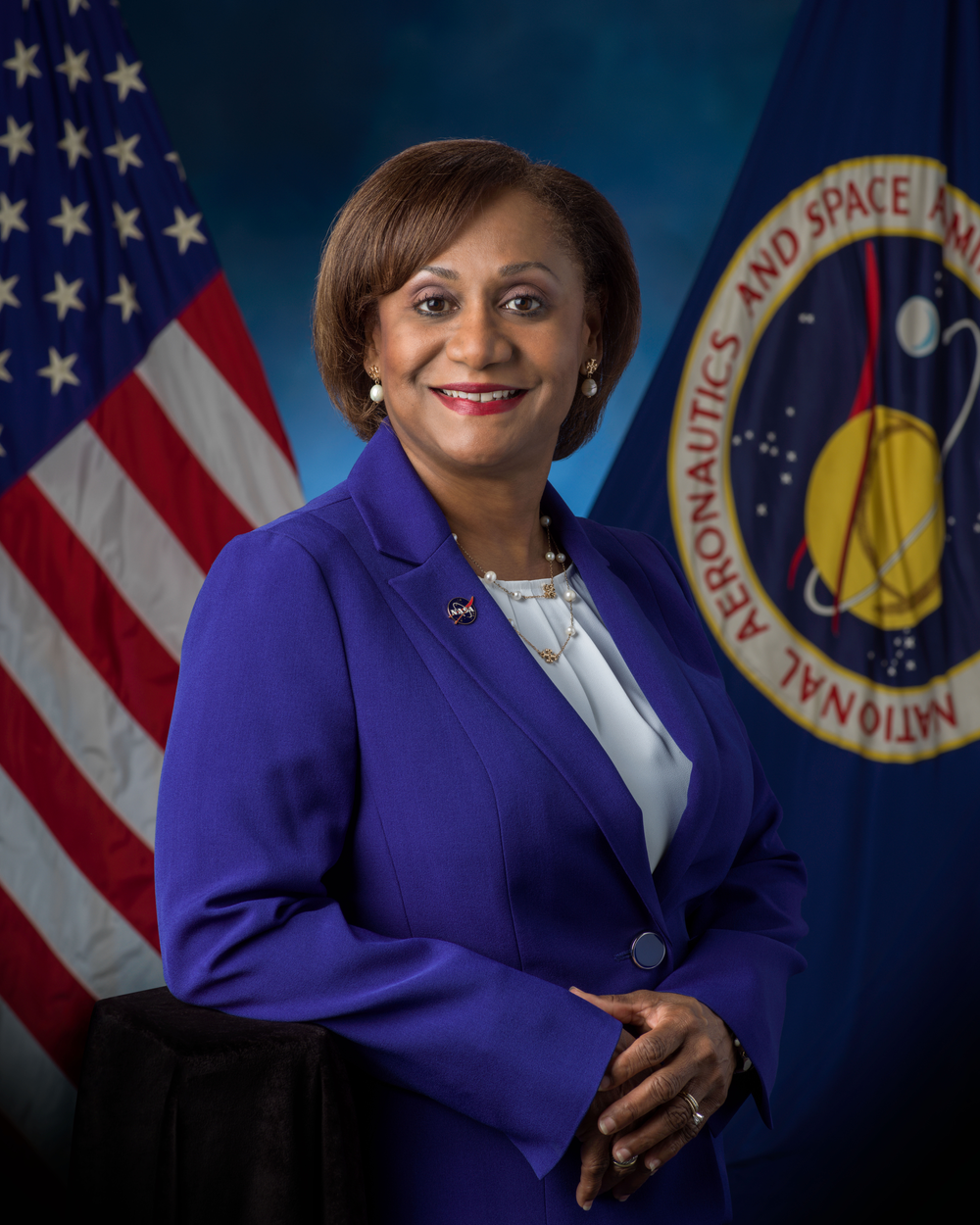
Johnson Center Director Vanessa Wyche, who is a Budget workstream sponsor along with Bob Gibbs, associate administrator for the Mission Support Directorate, will be part of the group engaging in these discussions in her role as both a center director and a NASA 2040 workstream sponsor. As a sponsor, Wyche is accountable for achieving the workstream’s target goals. She provides guidance and direction for the workstream, helps integrate with other 2040 leaders and agency organizations, and will assist in bringing the team’s recommendations to the A-Suite for consideration.
Carlos Westhelle, chief of the Engineering Directorate’s (EA) Aeroscience and Flight Mechanics Division, leads the Mission workstream. Workstream leads are responsible for bringing together their respective teams and developing focused and detailed transformation plans, assessing the agency’s current state, and proposing improvements in their workstream area. The Mission and Structure workstreams were identified as top priorities in the first phase of NASA 2040.
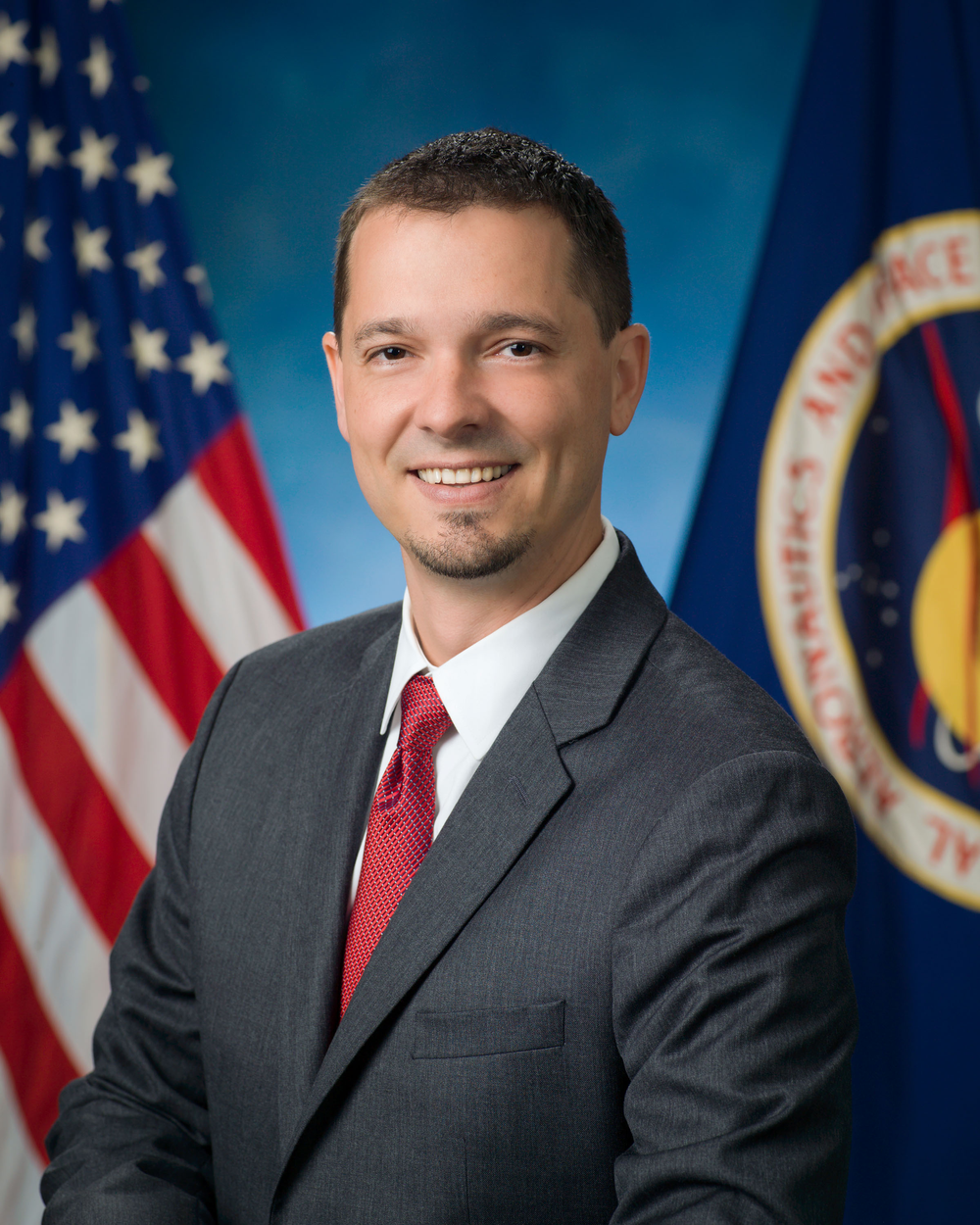
Westhelle and his team have been actively working to crystallize the agency’s approach to achieve long-term mission strategy since August 2023. The Mission team has developed a framework to help integrate and inform future role shifts, bringing together considerations from mission, capabilities, workforce, infrastructure, and technology. The team has worked closely with key stakeholders across the agency to develop this framework which will help with long-term strategic planning to address all our future mission needs. This work will set up a strategic process to guide where to focus in-house resources and efforts, and where to enable and support industry and other partners across our mission portfolio.
Prior to becoming division chief in 2021, Westhelle served as Johnson’s chief technologist and as manager of the Exploration Technology Office. His more than 20 years of experience at NASA has also included roles such as Thermal Design Branch chief, technical assistant for strategic integration, International Space Station Program lead for integration of the orbiting laboratory’s lifetime extension, and systems engineer for the Solar Dynamics Observatory Satellite at NASA’s Goddard Space Flight Center in Greenbelt, Maryland.
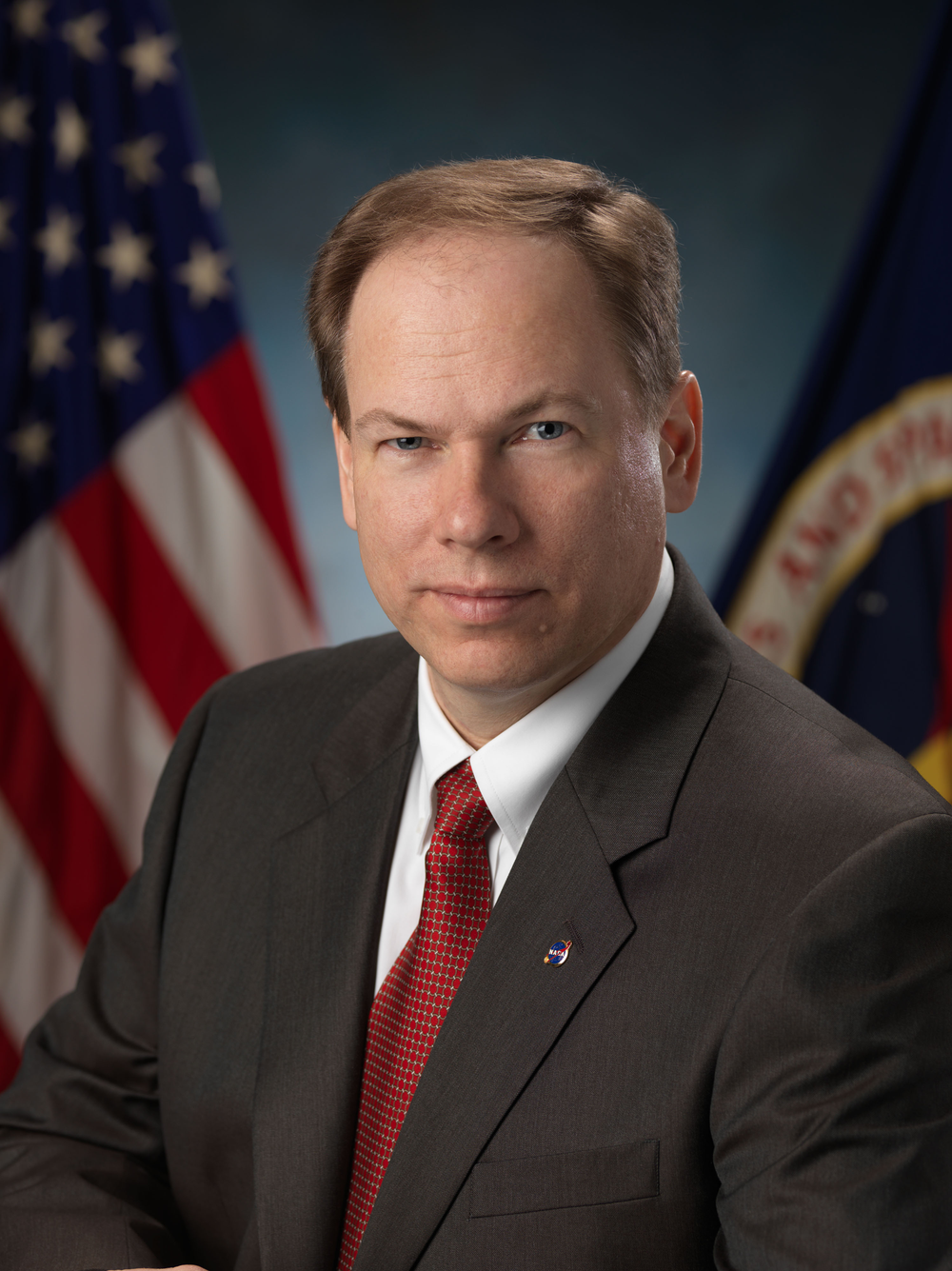
John McCullough, the Exploration Systems Development Mission Directorate’s deputy associate administrator for integration, leads the Structure workstream for NASA 2040. Prior to his current assignment, he served as a leader at Johnson for more than 30 years, holding a variety of positions across numerous programs. He most recently served as director of Johnson’s Exploration Architecture, Integration, and Science Directorate. Other previous roles include manager of the Orion Vehicle Integration Office, chief flight director, chief of the Spaceflight Training Management Office, and space shuttle payload officer.
The Structure team has studied past NASA organizational structures, developed and socialized design principles to guide the selection of improved organizational models, and conducted interviews with more than 26 groups of internal stakeholders. They visited three centers to conduct interviews with employees and management in each location and received feedback from former agency leaders now in industry, comparing NASA approaches and vision with industry models. This effort has developed an agency perspective for the team and led to the identification of eight opportunities and recommendations on future blueprints for NASA.
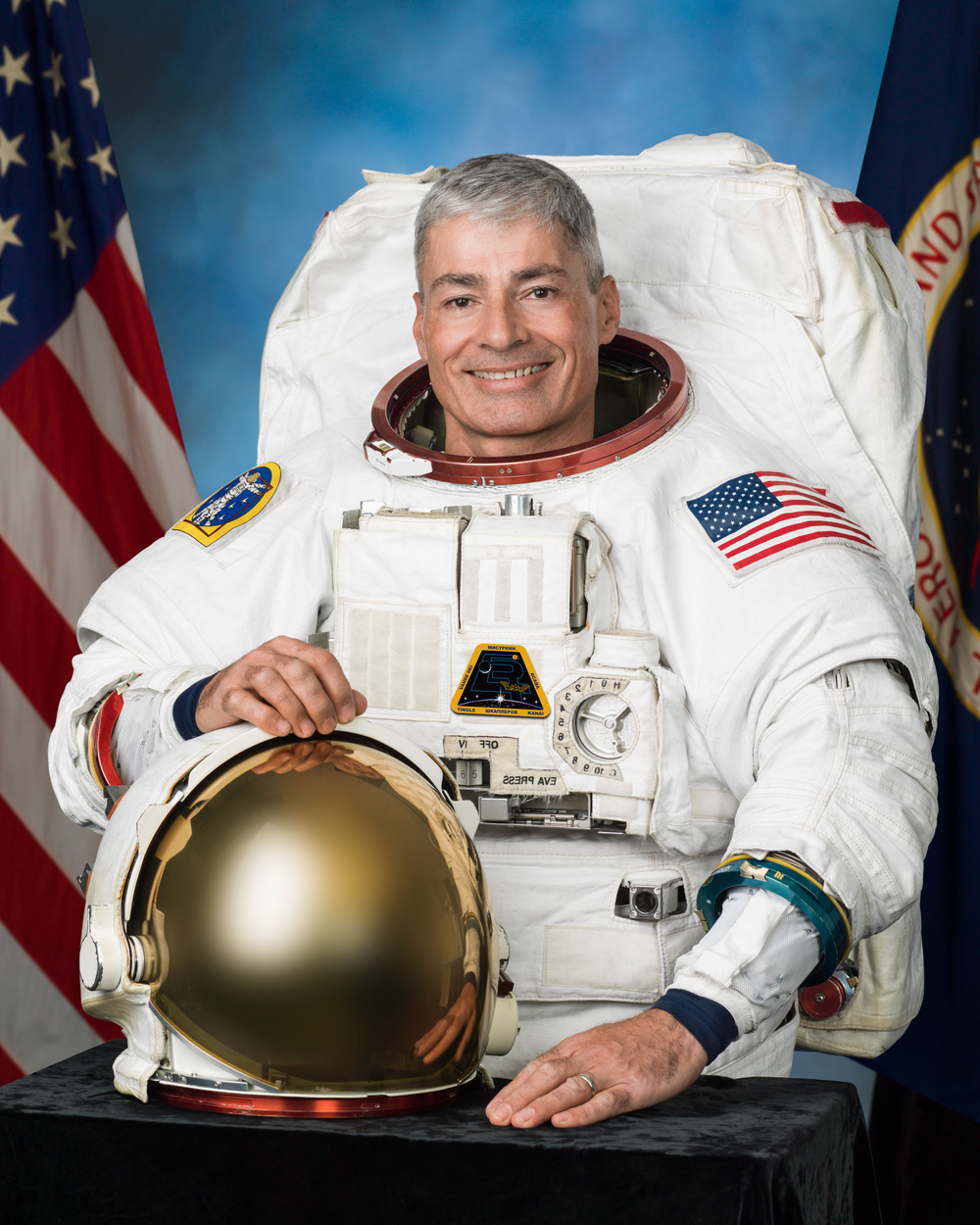
NASA astronaut and FOD (Flight Operations Directorate) Associate Director for Technical Mark Vande Hei is supporting the Structure team. After reporting to Johnson in 2006, Vande Hei served as a capsule communicator in the Mission Control Center for multiple shuttle missions and expeditions to the International Space Station. He was selected for NASA’s 20th astronaut class in 2009 and spent more than 500 days in space as a member of the Expedition 53/54 and Expedition 65/66 crews. Vande Hei also served as the technical assistant for the former Human Exploration and Operations Mission Directorate and as the assistant to the chief astronaut for extravehicular activity and robotics. He replaced fellow astronaut Anne McClain on the Structure team. McClain played an important role in starting the Structure team, sharing organizational insights and experience that helped to define the team and shape its early efforts.
Three Johnson employees are serving as workstream members. Paul Gosling, FOD Environmental Systems Branch chief, is on the Mission workstream. Prior to his current role, Gosling served as deputy lead of the Vehicle Systems Management team in the Orion Vehicle Integration Office, FOD group lead for ISS Power and External Thermal Systems, and as a flight controller and instructor. A Johnson team member for the past 20 years, Gosling started his NASA career at Ames Research Center, where he supported Vertical Motion Simulator upgrades and astrobiology and solid-state physics research within the Earth Sciences Directorate. He also participated in cosmology studies at Goddard.
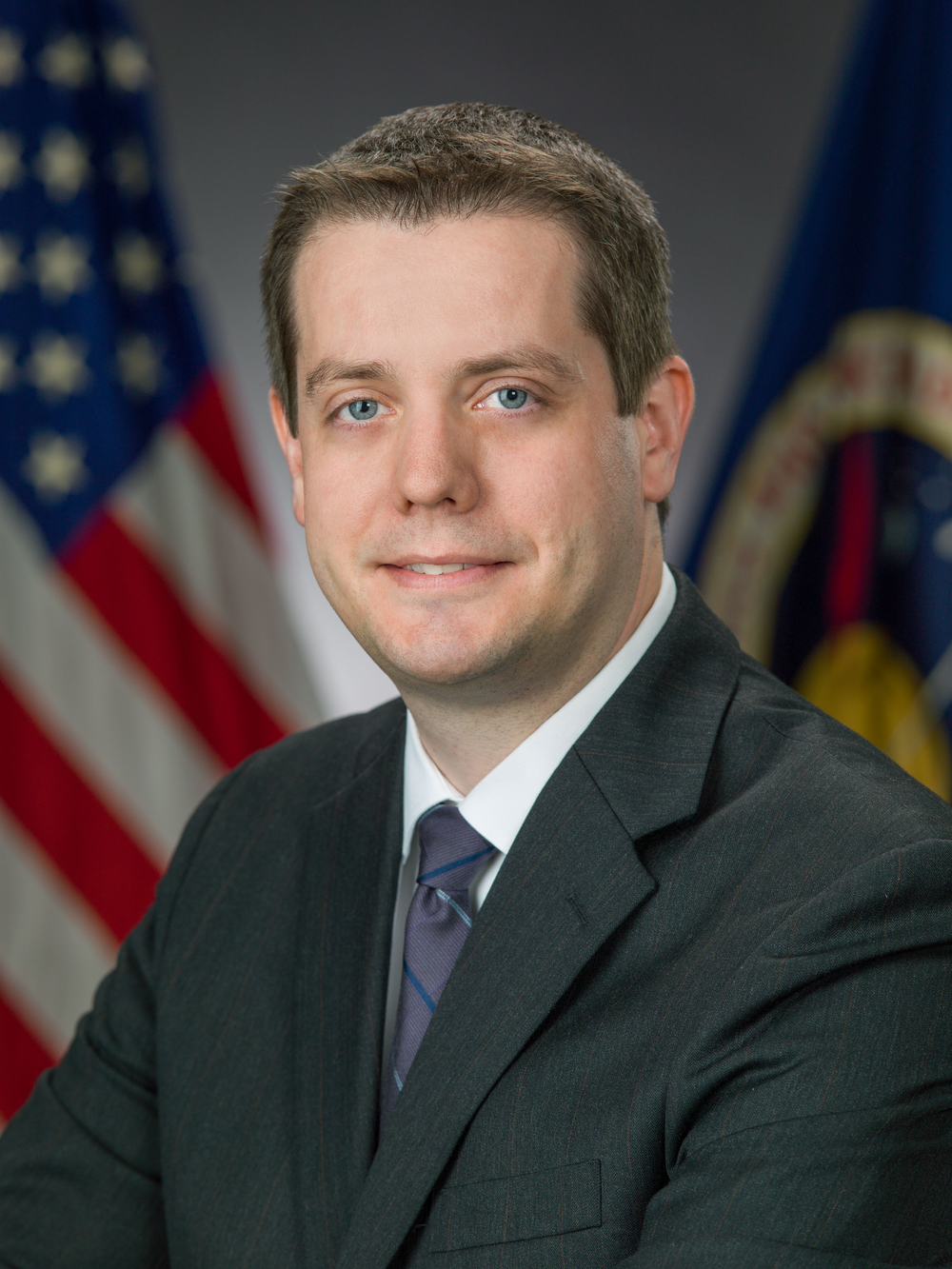
Representing Johnson on the People workstream is Scott Wood, chief of staff for the center’s Human Capital Office and a subject matter expert for workforce strategy, planning, and management. Wood has filled various roles on Johnson’s human capital team during the last 20 years, including lead human resources representative, manager of the Human Resources Management Office, and manager of the Workforce Planning Office.
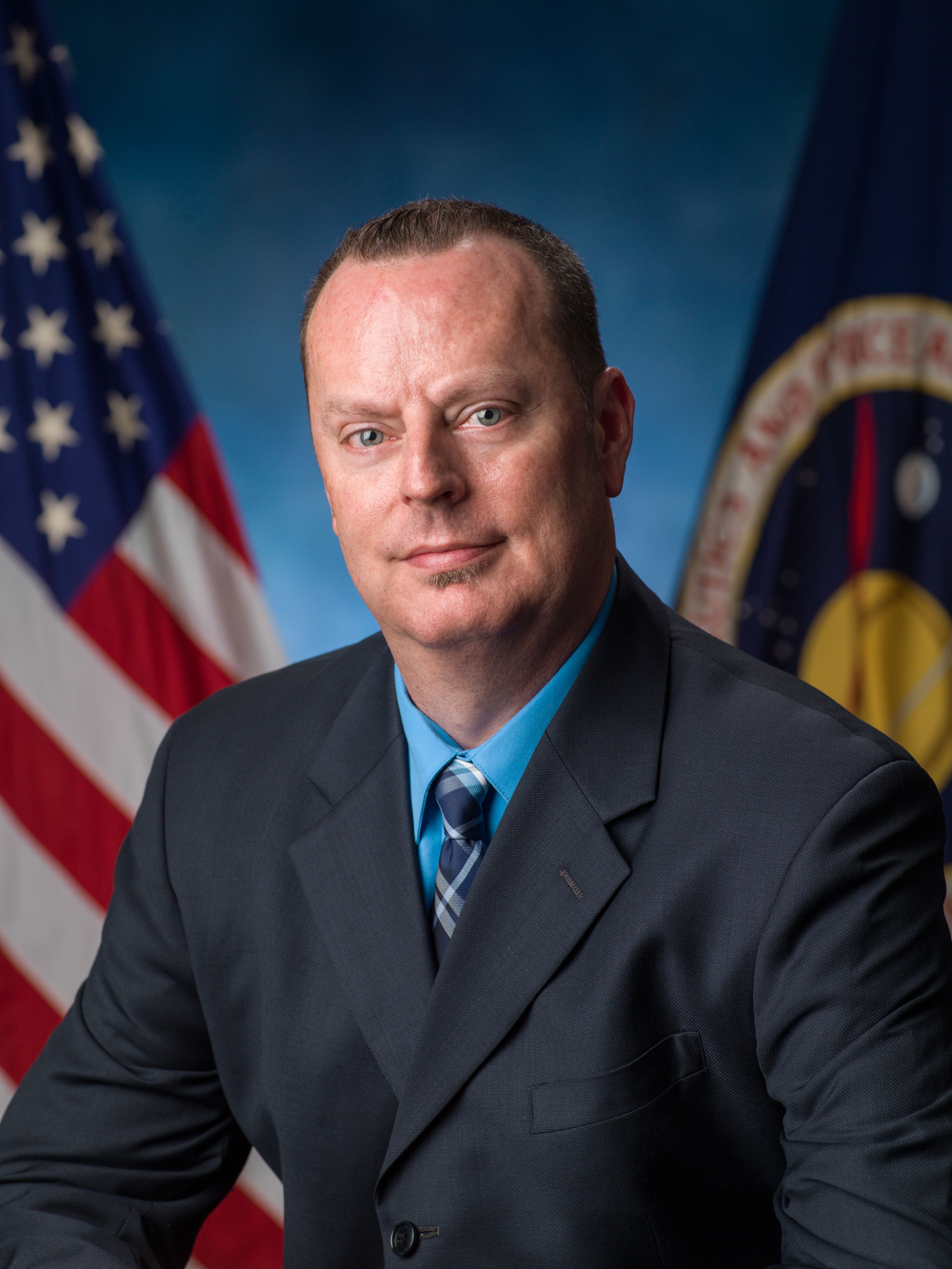
Michael Salinas, deputy chief of EA’s Propulsion and Power Division, is one of the Budget workstream team members. Salinas has worked within EA since 1999, when he started his NASA career as an engineer in the Propulsion and Power Division’s Energy Systems Test Branch. Salinas advanced through several branch management and leadership positions, including technical area manager for the power and battery domain, deputy chief, and branch chief, before assuming his current role in 2023.
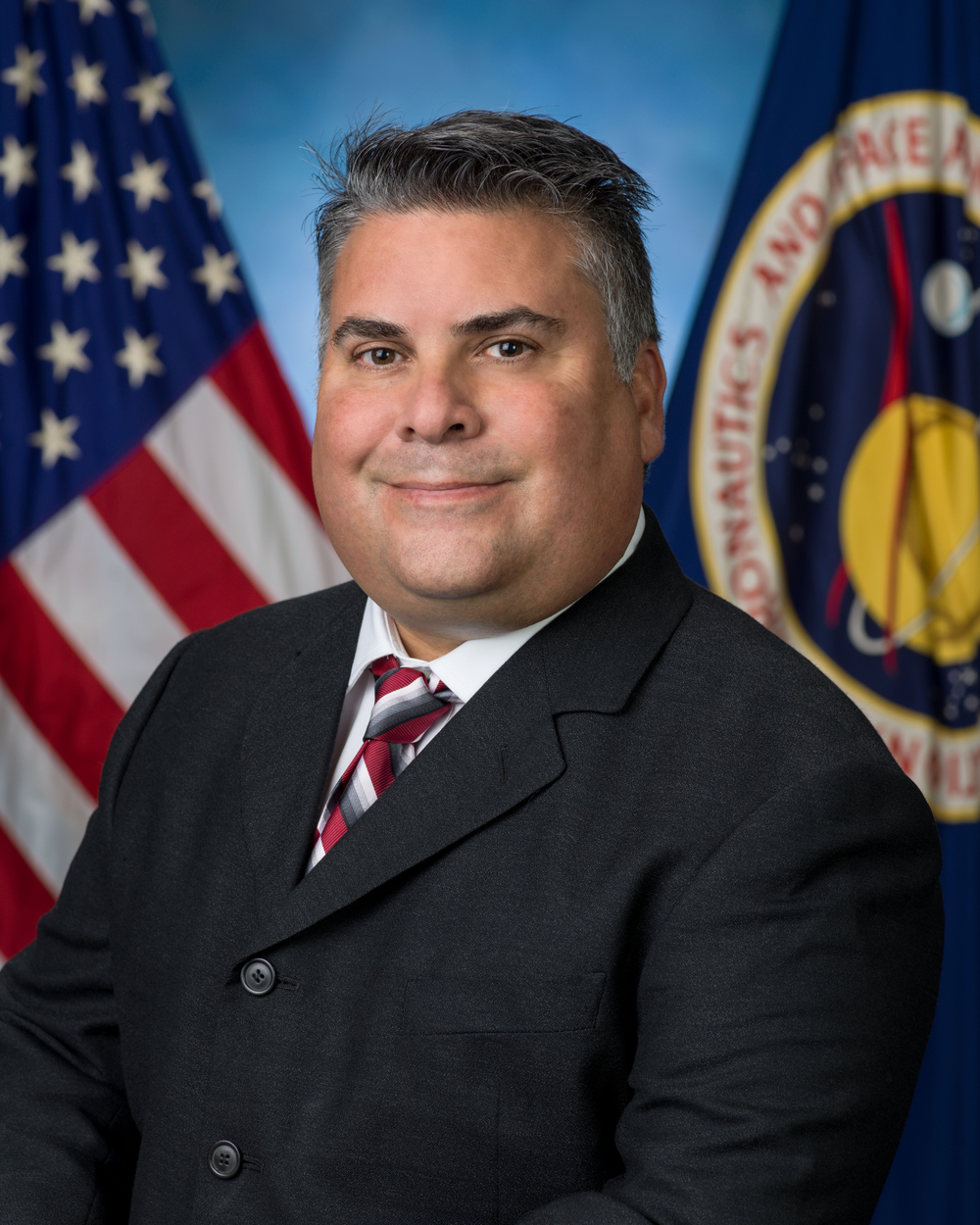
In addition to formal NASA 2040 team members, several other Johnson employees are serving as advisors or technical consultants and have been instrumental to workstream efforts, including mobilizing and bringing in others, as needed. Many other employees have signed on to serve as 2040 Champions and will help build understanding about the NASA 2040 vision from the bottom up. Johnson's 2040 Champions are Jennifer Scott-Williams, assistant to the center director for technical integration, and Kai Harris, lead business analyst for the Propulsion and Power Division.
Several Johnson team members will contribute their unique experience and perspectives to summit discussions this week, alongside NASA 2040 team members from headquarters and every agency center. Weekly workstream meetings, bi-weekly leadership meetings, and quarterly in-person gatherings will continue throughout the year following the summit’s conclusion to support the drive toward innovation, change, and mission and institutional decisions to achieve NASA’s 2040 goals.
For more information about NASA 2040 and initiative updates, visit: https://nasa.sharepoint.com/sites/NASA2040/







